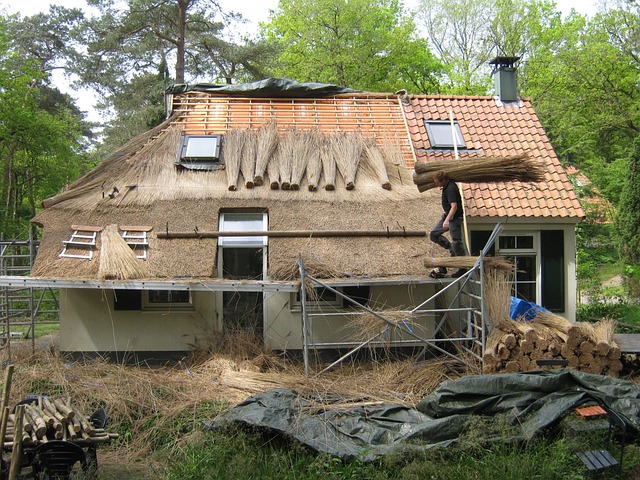Agriculture is a key driver of rural economies, creating jobs and revenue through its success. Education empowers farmers with modern skills, fostering innovation and increasing productivity, leading to new businesses and diversified crops. Investment in both agriculture and real estate revitalizes rural communities, enhancing infrastructure, attracting eco-tourists, and boosting local markets. This dual focus on traditional and emerging industries ensures economic diversity and resilience, transforming these areas into thriving communities.
In many regions, agriculture is the backbone of local economies, but its potential to drive sustainable growth remains largely untapped. This article explores the intricate link between farming and rural prosperity, focusing on education as a key enabler. We delve into how education empowers communities to embrace innovation, fostering sustainable agricultural practices. Furthermore, we examine the role of real estate investment in revitalizing agricultural landscapes, showcasing its potential to diversify and strengthen local economies.
The Link Between Agriculture and Local Economies: Unlocking the Potential of Rural Areas

Agriculture is the backbone of many local economies, especially in rural areas, where it often serves as the primary source of employment and revenue. The link between agriculture and local communities goes beyond food production; it’s a catalyst for economic growth and development. When agriculture thrives, so do the surrounding areas, as it attracts investments and creates opportunities that can transform these regions.
In terms of real estate, agricultural success can lead to increased property values and a surge in infrastructure development. This may include modern farming techniques, improved transportation networks, and even new educational institutions. The potential for economic growth is immense, unlocking opportunities for local entrepreneurs and fostering innovation within the sector.
Education as a Catalyst: Empowering Communities for Sustainable Growth

Education acts as a powerful catalyst, fostering sustainable growth in communities heavily reliant on agriculture. By investing in educational initiatives, local governments and organizations can empower farmers and residents with essential skills for the future. This includes knowledge about modern farming techniques, sustainable practices, and even digital literacy—a critical aspect in today’s agricultural landscape. Access to information and technology enhances their ability to adapt to changing market demands and environmental challenges.
In terms of real estate, this translates into a more dynamic local economy. Educated communities can drive innovation in agricultural practices, leading to increased productivity and the potential for new businesses. This could involve diversifying crops, adopting advanced irrigation systems, or even exploring agritourism, all of which contribute to a robust and resilient agricultural sector. As a result, the local real estate market may witness enhanced property values and a higher quality of life for residents.
Real Estate and Agriculture: How Investment Can Revitalize and Diversify Local Economies

Investment in real estate and agriculture plays a pivotal role in revitalizing and diversifying local economies. As urban areas expand, there’s a growing trend of investment shifting to rural territories, bringing new life to communities that were once largely dependent on traditional sectors like farming. This influx of capital not only boosts the local market but also encourages further economic growth by creating job opportunities, enhancing infrastructure, and fostering innovation.
Real estate developments, ranging from residential projects to commercial hubs, contribute significantly to the local tax base, providing much-needed revenue for public services and community initiatives. Simultaneously, agricultural investments in modern farming techniques, vertical farms, or sustainable practices can increase productivity while attracting tourists interested in eco-friendly products and experiences. This dual approach ensures a balanced economic landscape where both traditional and emerging industries thrive, fostering a more resilient and diverse local economy.






